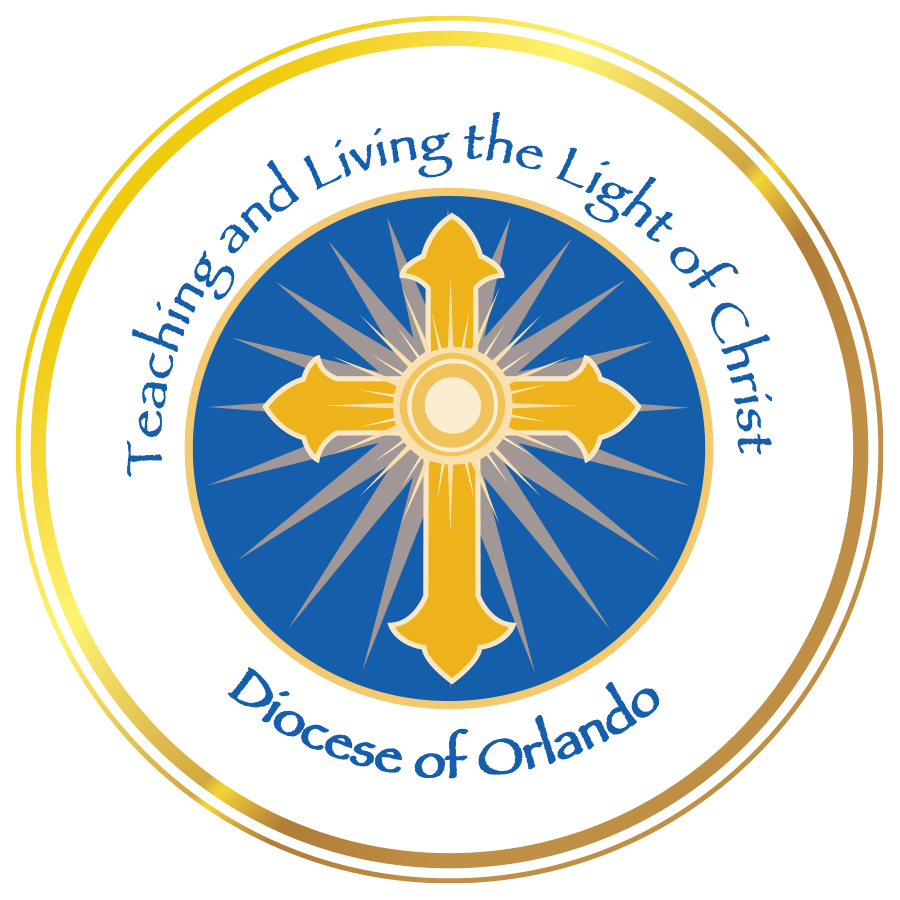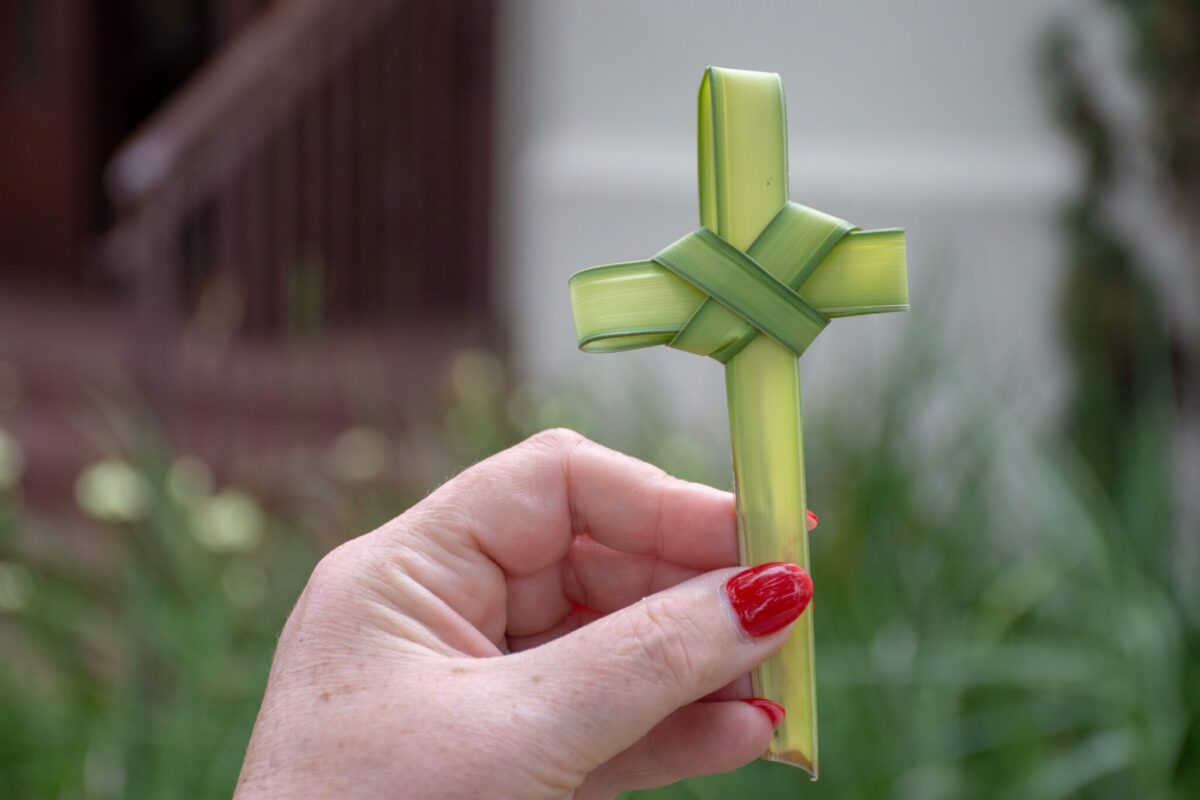ORLANDO | Palm Sunday of the Passion of the Lord (Palm Sunday) is April 2. The liturgy begins with the commemoration of the Lord’s entrance into Jerusalem where He will ultimately give His life for mankind, for the forgiveness of their sins.
Laying a path of palms and often clothing, was a sign of respect during Jesus’ time. It was often reserved for kings and people of high stature. The symbolism of this was not lost on the Jews of the period. During the Palm Sunday Mass, parishioners recall this welcome by carrying palms in a procession throughout the church. Often parishioners take palms home as a reminder of the Easter Triduum, inviting Christ into their hearts as they share in His Passion, Death, and Resurrection.
Because the palms are blessed, once parishioners feel it is time for their disposal, the palms must be returned to nature, whether buried or burned, with the ashes spread outside. Some parishes will invite parishioners to return them there if they intend to burn them for use as ashes the following Ash Wednesday.
At Christ’s entrance into Jerusalem on an ass (Matthew 21:7), representing humility and peace, believers exclaimed, “Hosanna.” Father Dominic Buckley, instructor at St. John Vianney Seminary in Miami, explained, “It simply means ‘Save us’ in Hebrew, but in the nearly 3,000-year-old Biblical tradition it stood as a one-word prayer calling out for a Messiah. We sing hosanna each Mass as part of the ‘holy, holy, holy’ prayer, when we ask Jesus to come and renew us once more in the New Covenant of His Body and Blood.”
It is a statement of belief that Christ is the Messiah, the chosen one of God. “We say hosanna because God has answered our one-word prayer with a one word answer: Jesus.”
Staff Report, March 30, 2023

